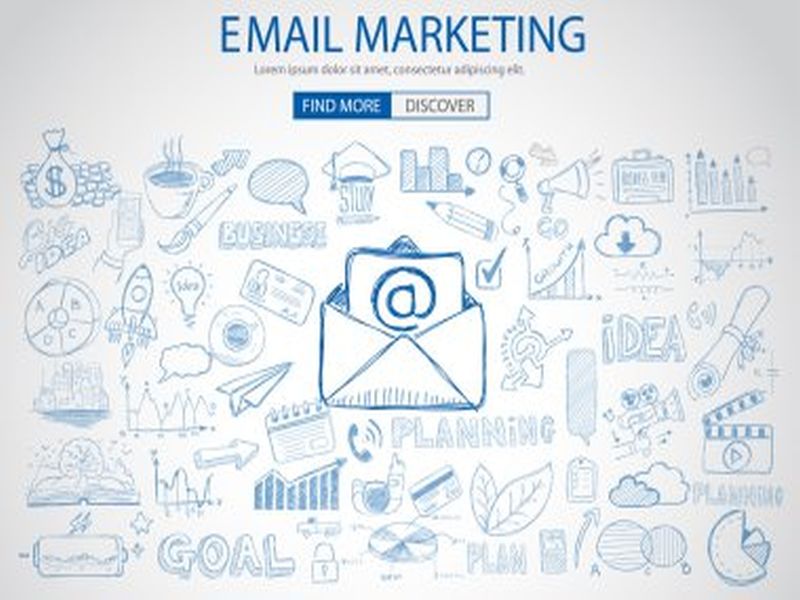Personalization is a powerful tool in the world of marketing. It allows businesses to connect with their customers on a deeper level by tailoring their messaging to individual preferences and behaviors. In recent years, personalization has become increasingly important in mail marketing as companies strive to stand out in a crowded marketplace.
One of the key benefits of personalization in mail marketing is that it can help increase engagement and response rates. When recipients receive a piece of mail that speaks directly to them, they are more likely to pay attention and take action. By including personalized details such as the recipient’s name, location, or past purchase history, businesses can create a sense of connection and relevance that is hard to achieve with generic messaging.
Another advantage of personalization in mail marketing is that it can help build brand loyalty and trust. When customers feel like a company understands their needs and preferences, they are more likely to develop a positive perception of the brand and continue doing business with them in the future. Personalized mailings can also help businesses establish themselves as experts in their field by providing targeted content that addresses specific pain points or interests.
In addition to increasing engagement and over here building trust, personalization in mail marketing can also lead to higher conversion rates. By delivering relevant offers and promotions based on individual customer data, businesses can drive more sales and revenue from their campaigns. For example, sending personalized coupons or discounts to loyal customers can encourage repeat purchases and foster long-term relationships.
Despite its many benefits, some businesses may be hesitant to invest in personalized mail marketing due to concerns about cost or complexity. However, advances in technology have made it easier than ever for companies of all sizes to unlock the potential of personalization in their campaigns. From data analytics tools that track customer behavior to automated systems that generate personalized content, there are numerous resources available to help businesses leverage personalization effectively.
Ultimately, unlocking the potential of personalization in mail marketing requires a strategic approach that combines creativity with data-driven insights. By understanding your target audience’s needs and preferences, you can create compelling messages that resonate with recipients on an individual level. Whether you’re looking to increase engagement, build brand loyalty, or drive conversions, incorporating personalization into your mail marketing strategy can help you achieve your goals and stand out from the competition.
In conclusion,personalizing your direct mail efforts will not only make your communications more effective but will also show your customers how much you value them as individuals.It’s time for brands everywhere who haven’t yet caught up with this trend,to start taking advantage!




